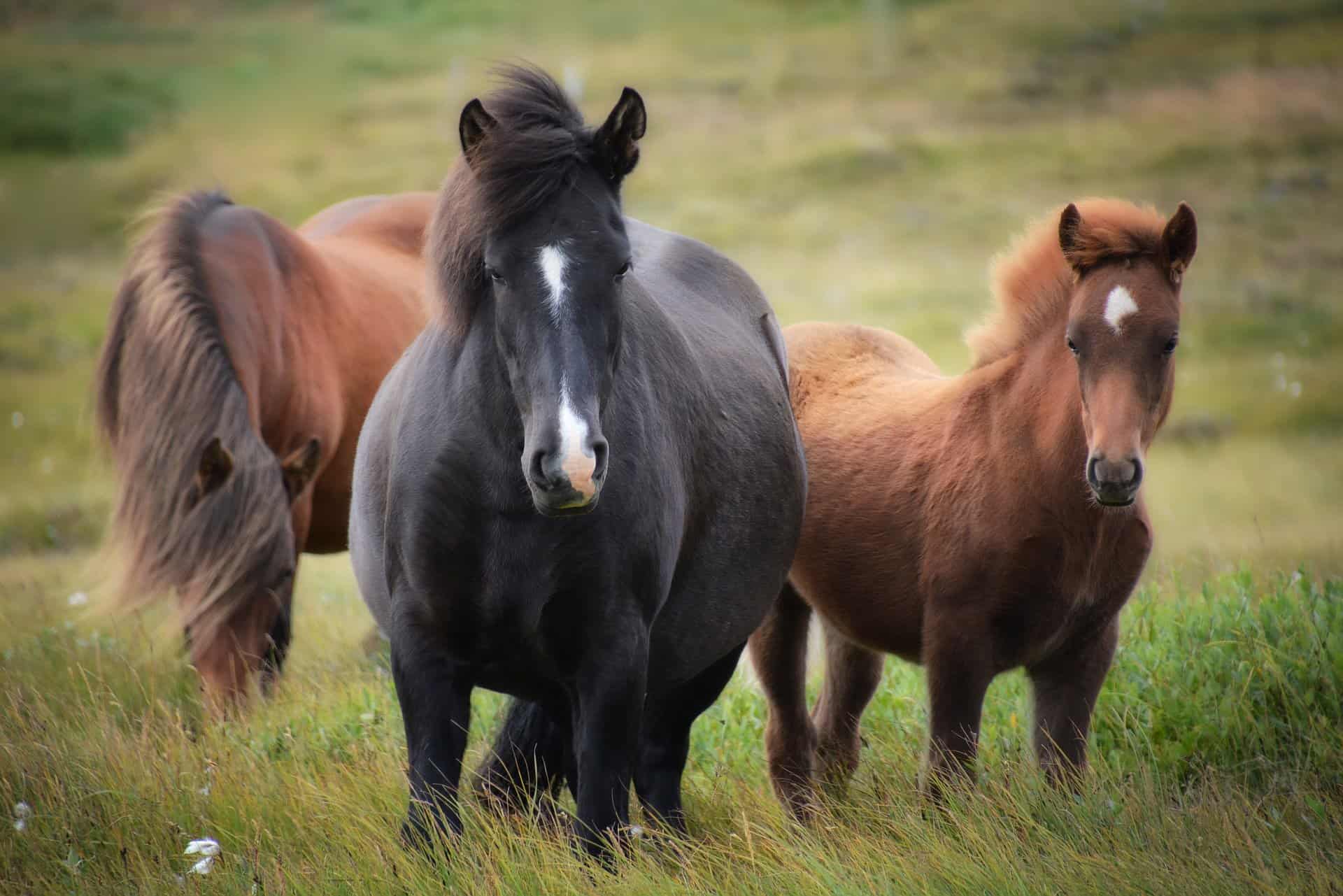Regardless of whether you are a professional horse breeder or have a passion for rearing them, you should have a full understanding of horse pregnancy. A male horse, called a stallion, mates with a female, known as a mare, during her estrus cycle. This leads to pregnancy. The baby horse that sees the light of the day in due course is called a foal.
Horses generally mate during the spring and summer season, and foals are born during the next spring.(Check the perfect horse wormer for spring if you need) A colt nourishes itself from the mother’s milk for the first few months, and is capable of walking within hours of birth. Though mother’s milk continues to be a staple source of nutrition, foals start munching and nibbling hay, grass, and concentrate in a couple of days.
The gestation period
The gestation or period in horses lasts for 330-345 days or about 11 months. However, in many cases, the horse pregnancy length could extend to a full year or approximately 365-370 days. Horse breeders who have been raising different breeds for a long time are generally aware of the gestation period of horses.
That said, ponies or small horse breeds (particularly those below 15 hands), have a shorter gestation period. Horses have evolved biologically to mate during summers, which ensure more than adequate fodder for the foals once they’re born.
A mare is capable of giving birth to only one foal every year and is biologically ready to breed once she is eighteen months old. However, it is safer for the mare to mate once she has become a full-fledged adult (four years old) from the perspective of her wellbeing. Both stallions and mares are capable of mating until they’re in their late twenties.

Conducting checks to ensure whether the mare is pregnant
Breeders may not be able to observe any clear-cut indications of pregnancy in the first 90 days. However, professional horse breeders can medically confirm a mare’s pregnancy via horse pregnancy tests. For instance, an ultrasound examination can be carried out after two weeks of mating to be sure that the mare is pregnant.
Alternatively, testing of urine or blood samples after 2-3 months can also make it clear whether the mare is carrying. Also, experienced veterinarians can easily determine if a mare has conceived by palpating the horse’s uterus with their fingers about 40-45 days after breeding.
Gestation stages
Within three months, the foal starts to develop prolifically, and an anatomical examination will reveal that the offspring resembles a miniature horse. After approximately six months, the mare’s abdomen bulges noticeably, making it amply clear that she is pregnant.
The pregnant mare’s belly will continue to swell, and her nipples will begin to distend roughly 2-3 weeks before birth. The expansion of the udders just a couple of weeks before delivery is a sign that the mare is ready to lactate. The breeder should keep a close eye on the horse for imminent foaling signs once the animal enters the 11th month of pregnancy.
Some visible signs include drooping of the belly, dripping of udders, relaxations of the muscles around the tail, and so on. Once the horse breeder observes these symptoms, he or she may conclude that the mare could birth anytime. The mare will seem palpably restive and edgy, and she’ll stroke the earth, and inspect her abdomen from time to time.
At this stage, the horse should be carefully shifted to a clean stable, and made to lie down on a bed of straw. The mare will deliver the offspring while she is lying down but may stand up or lie down repeatedly before giving birth. As the labor process starts, the amniotic sac comes into view first, and after that, the foal’s muzzle and front hooves.
The delivery is complete within minutes of the amniotic sac becoming visible. On rare occasions, the foal could be born with his or her hindquarters becoming apparent first, or the forelimbs could be twisted backward. The breeder should arrange for a veterinarian to check both the foal and the mare soon after birth.
You may also like our posts related horse here, Please take a look to our reviews for horse fly spray, the right feed for horse weight gain, great horse saddle pads and many more if you need. thanks for your time again.
